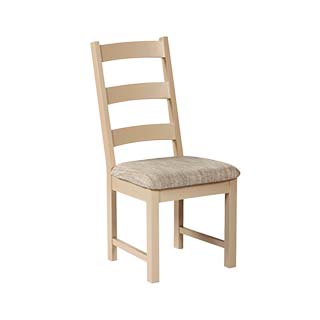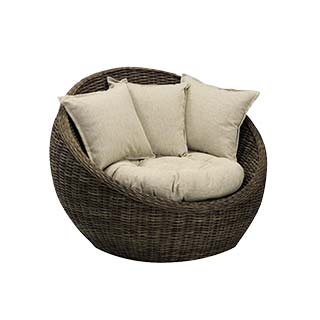Quiet luxury is the antithesis of flashy opulence. It’s the art of understated elegance—spaces that whisper wealth rather than scream it. In a world inundated by noise, both literal and visual, quiet luxury offers a serene, elevated refuge.
This design approach centers on refined materials, meticulous craftsmanship, and timeless forms. It values softness, quality, and nuance over grandeur or extravagance.
Imagine a master bedroom with silk wall coverings, cashmere throws, and light wood paneling. Or a CEO’s office with seamless marble walls, custom wood ceilings, and subdued ambient lighting. These spaces are not crowded with accessories; every detail is considered and intentional.
Quiet luxury favors neutral color palettes—taupe, sand, dove grey, warm whites. These tones act as a soothing backdrop for tactile contrasts: matte vs gloss, rough vs polished, smooth vs grainy.
For Nigerian elites, quiet luxury is increasingly desirable. It provides an aesthetic that balances global sophistication with local sensibilities. Think of a Lagos home with hand-carved wooden ceilings and Benin bronze wall sculptures—artistry that speaks volumes without shouting.
Materials matter. Opt for ethically sourced stone, natural fabrics, artisanal tiles. Invest in custom joinery and statement lighting that is architectural in design, not decorative for the sake of flash.
The quiet luxury philosophy also speaks to sustainability. It encourages buying less but better—timeless pieces that last for decades.
Incorporating quiet luxury into your interiors demands restraint and discernment. It’s not about minimalism; it’s about meaningful presence. Each room should exude calm, confidence, and craftsmanship.
For those who know, quiet luxury is the ultimate flex. It reflects success, taste, and wisdom—without needing to prove anything
-
 1
1
Handmade Wood Chair
Price : $ 2,65
-
 2
2
Basket Chair
Price : $ 4.15
Quiet Luxury: Embracing Subtle Sophistication in Interior Design
- Home /
- Blog

We are the reliable partner to help you complete the work
Contact Now
© 2025. All rights reserved

